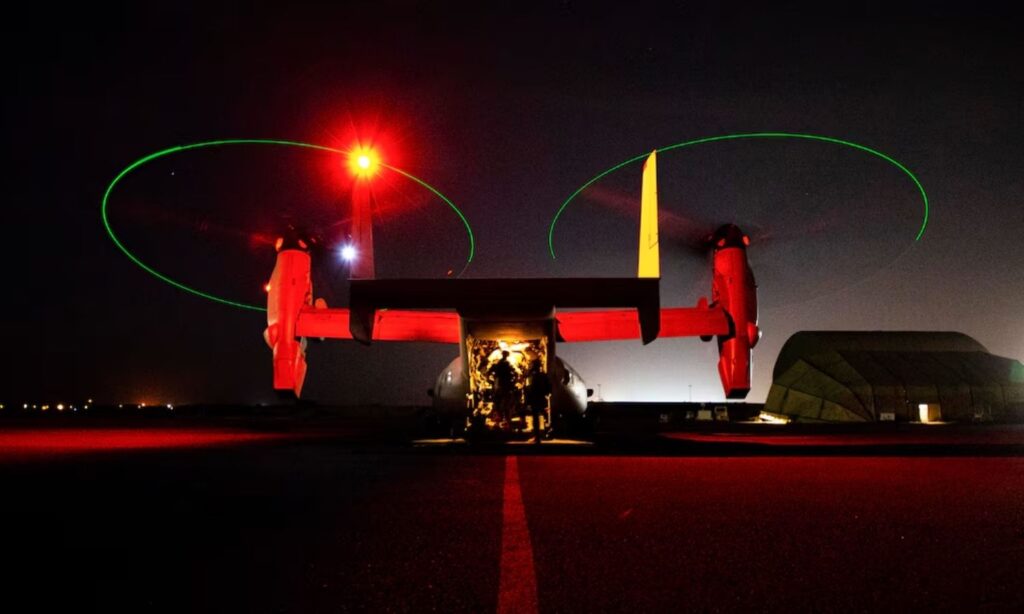The United States has set the timeline for ending the military mission of the International Coalition Forces in Iraq and Syria.
An American-Iraqi statement carried by the Iraqi News Agency (INA), on Friday, September 27, stated that as a result of consultations and discussions with the leadership of the International Coalition and its member states, as well as intensive discussions within the Iraqi-American High Military Committee over the past nine months, it was decided to end the coalition’s mission in Iraq within a period not exceeding the next 12 months.
The end of the coalition’s presence in Iraq will be followed by a transition to “bilateral security relations” in a way that supports Iraqi forces and ensures continued pressure on the Islamic State in Iraq.
To prevent the return of the threat from northeastern Syria, the coalition’s military mission operating in Syria will continue, based on consultations with the High Military Committee, until September 2026.
The third clause of the statement stipulated the High Military Committee’s commitment to preparing the procedures necessary to achieve the previous two points, the timing and mechanism for their implementation, and the measures to secure and protect coalition advisors in Iraq during the transitional period.
According to INA, practical steps have begun to implement these commitments.
The United States did not announce its side of the statement, but the Deputy Press Secretary of the US Department of Defense (Pentagon), Sabrina Singh, said in response to journalists’ questions on Friday that the mission of the International Coalition is changing to a “bilateral security partnership” with the Iraqi government.
She added that she did not have numbers on the military forces that might withdraw from the region, but her country’s “footprint” in Iraq would change.
Singh also noted that the Pentagon has more to share at a later time.
The United States is considered a supporter of the Syrian Democratic Forces (SDF) and its political umbrella, the Autonomous Administration of North and East Syria (AANES). The latter controls vast areas east of the Euphrates River, including the provinces of Raqqa and al-Hasakah, and parts of Deir Ezzor.
On September 17, the US State Department spokesman, Matthew Miller, said that his country had held several discussions with the Iraqi government about ending the mission of the International Coalition Forces, but it clarified that it must consider several factors to determine when and how the coalition’s mission will end.
The US military presence in Syria is linked to its presence in Iraq, as it provides a logistical supply line for these forces, according to Sam Heller, a researcher at the Century Foundation for International Research and Policy, specializing in Syrian affairs, in a previous interview with Enab Baladi.
A report published by the American Washington Post newspaper on September 12 stated that for the United States, the continued military presence in Iraqi Kurdistan, where the Pentagon has long conducted a “low-level mission” near the capital, Erbil, will also be essential for supporting its operations in neighboring Syria.

